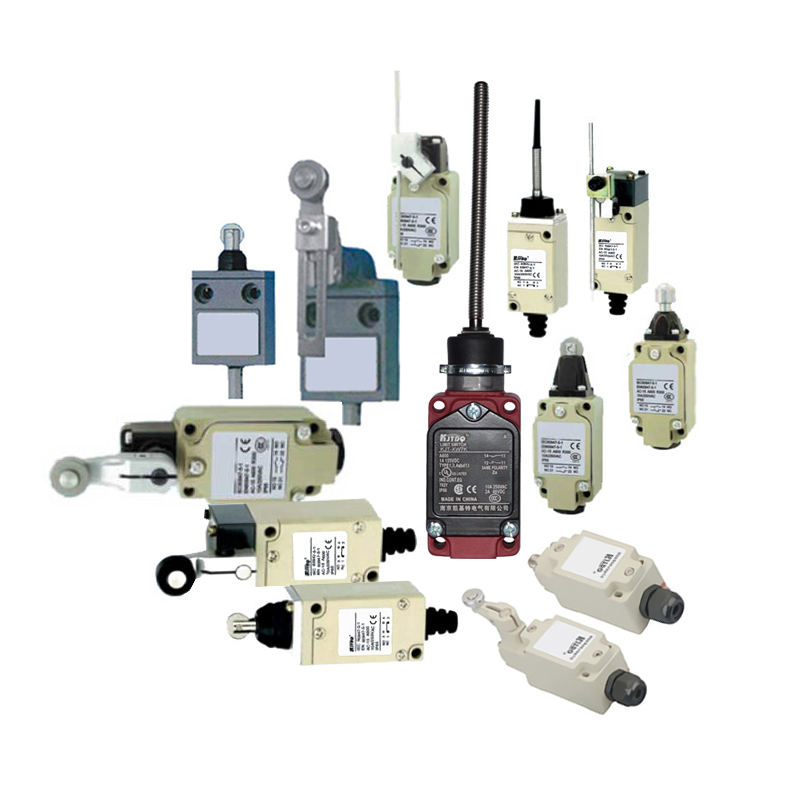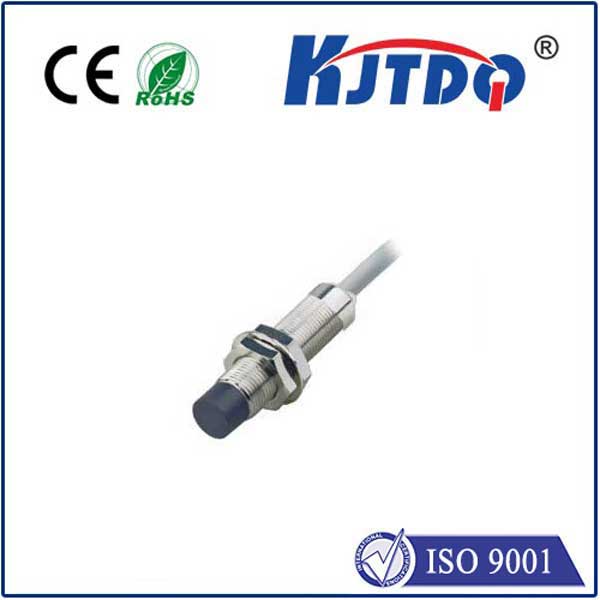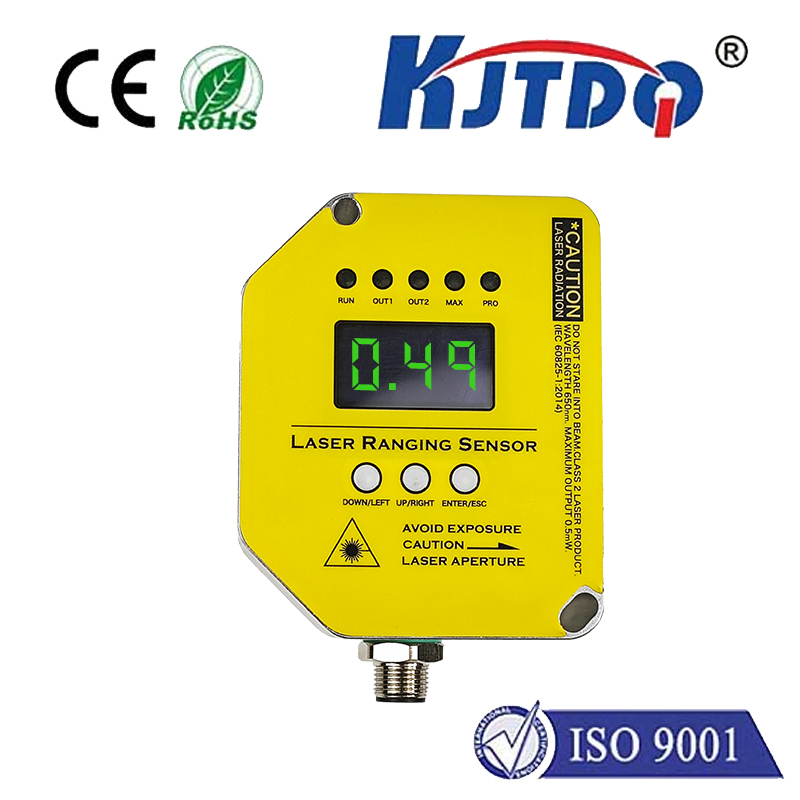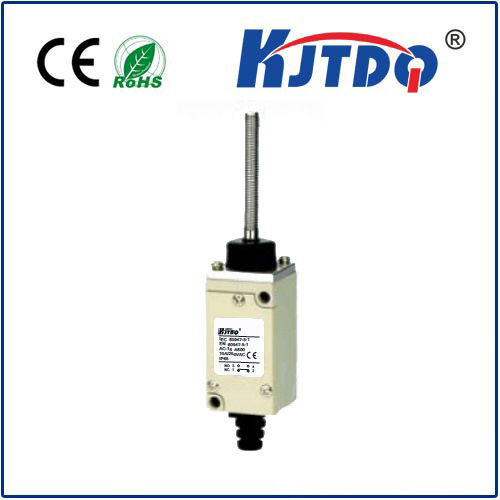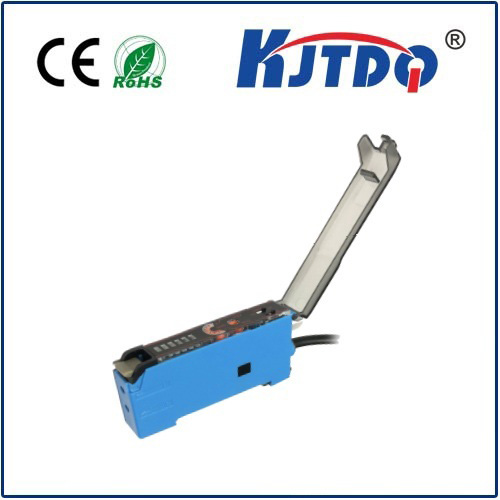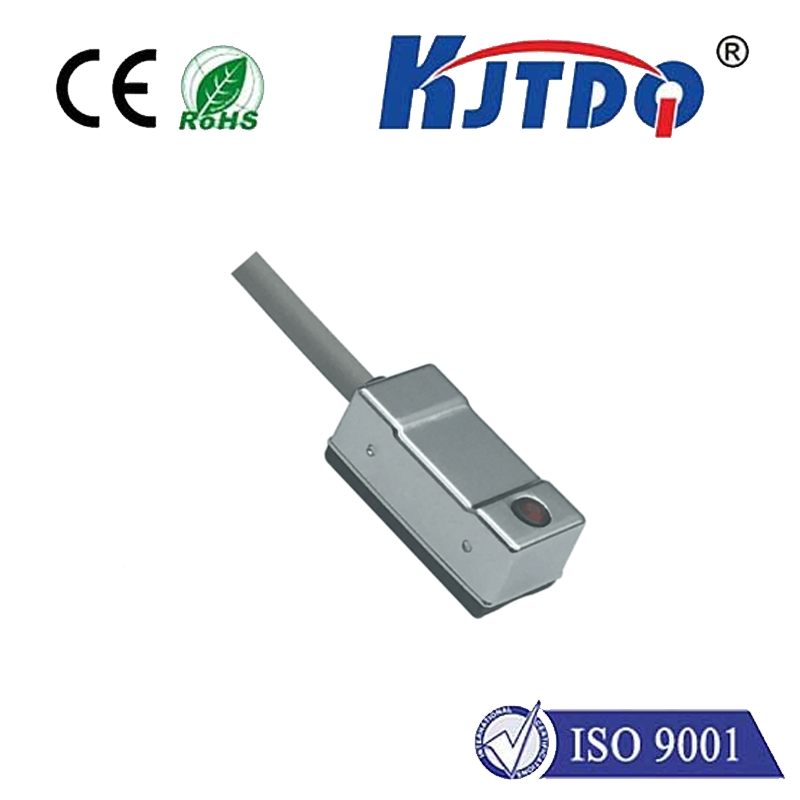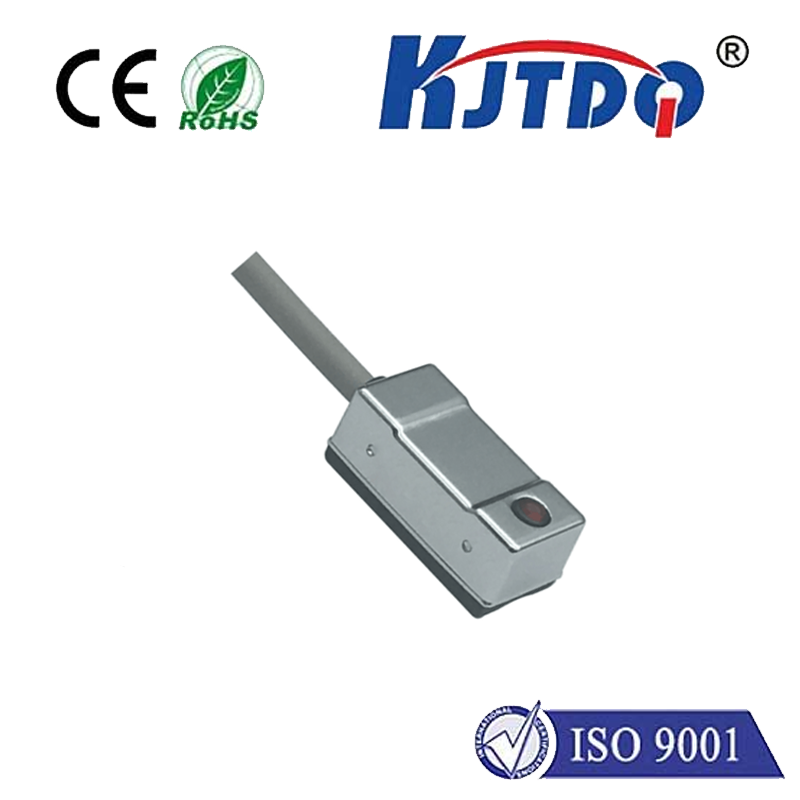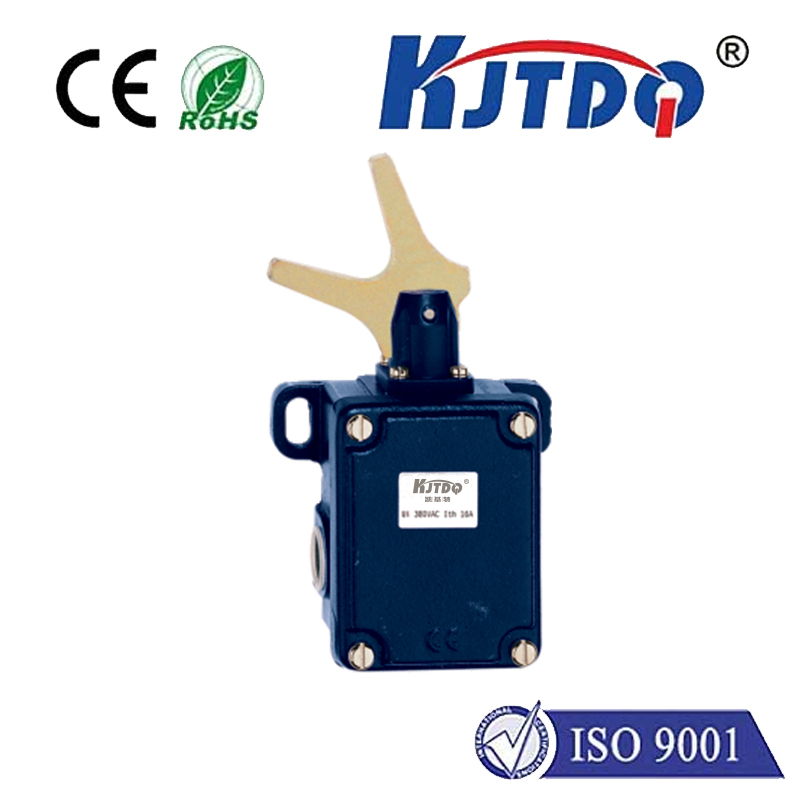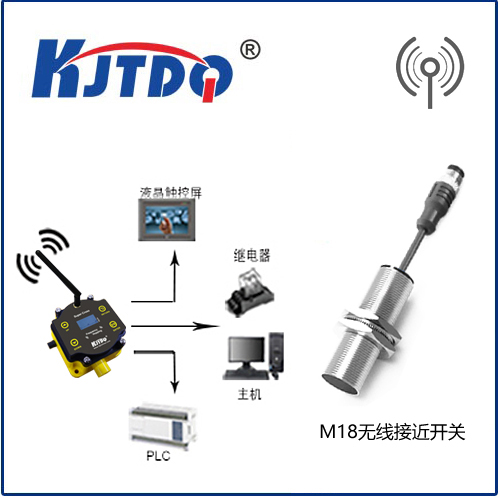
check

check

check

check
A mechanical limit sensor is a device used to detect the position of an object in a motor, mechanical device or industrial system. In various industrial applications, mechanical limit sensors are widely used in different fields, such as automated production lines, robotics, warehousing and logistics, etc. Although mechanical limit sensors have many advantages in improving work efficiency and production quality, they also have some shortcomings.
First of all, it is worth mentioning that one of the advantages of mechanical limit sensors is their reliability. These sensors have a simple and rugged structure and can operate in a variety of harsh environmental conditions. Mechanical limit sensors can operate normally regardless of high temperature, low temperature, humidity or highly corrosive environments. This makes them ideal for use in industrial applications requiring long operating times. In addition, the reliability of mechanical limit sensors means that they are very accurate and can provide precise position detection and control.
Another advantage of mechanical limit sensors is their simple and economical design. Compared with other types of position sensors, mechanical limit sensors are simpler to design and less expensive. They usually consist of a pair of metal levers, a switch, and a trigger mechanism, which makes them easy to install and maintain. Additionally, the low cost of mechanical limit sensors means they can be installed in multiple locations to enable multi-point control and detection, which is important for certain applications.
However, mechanical limit sensors also have some shortcomings. First, since the mechanical limit sensor detects position through mechanical triggering of an object, it will be affected by friction in some cases. If the metal trigger part of the sensor is worn or interfered by external objects, it may cause misdetection or damage to the sensor. This may be a problem for some applications that have high requirements for position detection accuracy.
Another problem is that mechanical limit sensors operate at relatively slow speeds. Due to the working principle of mechanical limit sensors, their detection and response speed are usually relatively slow. This means that in some applications that require fast response and high-speed motion, the performance of mechanical limit sensors may not be fully adequate. In this case, other types of sensors may be more suitable to provide faster response times and higher detection frequencies.
In addition, the service life of the mechanical limit sensor is also an issue that needs to be considered. Due to the nature of its mechanical triggering structure, mechanical limit sensors may wear or damage the triggering device during prolonged use. This may cause the sensor's performance to degrade or even fail to function properly. Therefore, when selecting a mechanical limit sensor, you need to consider its service life and perform appropriate maintenance and replacement.
To summarize, mechanical limit sensors have many advantages in various industrial applications, such as high reliability, simple design, and low cost. However, they also have some disadvantages, such as being affected by friction, working slowly and having a limited service life. When choosing the right sensor, these advantages and disadvantages need to be considered based on the specific requirements of the application. Through reasonable selection and application, mechanical limit sensors can provide reliable position detection and control functions for industrial production and automation control systems.
